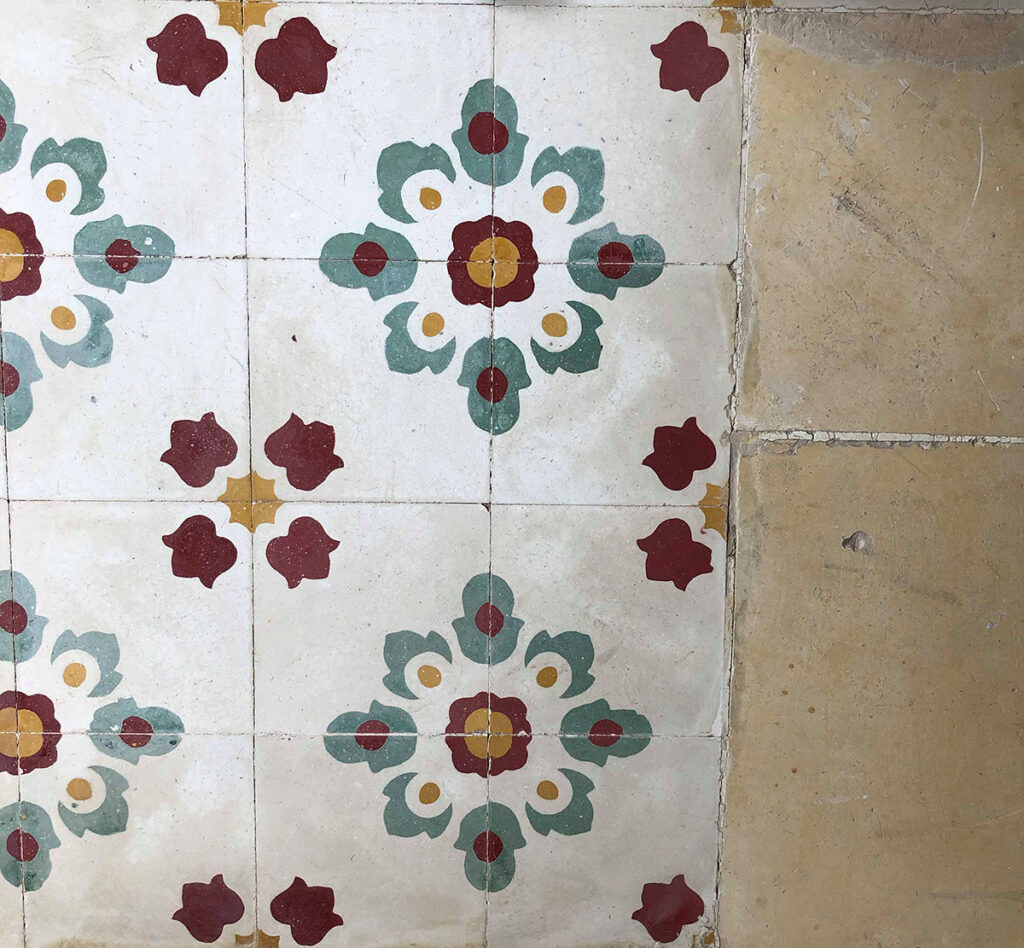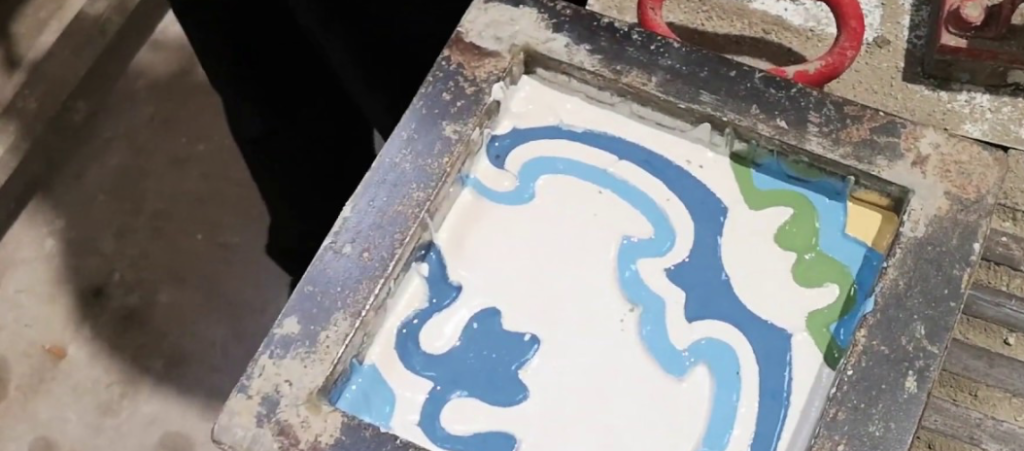Maltese tiles, known for their intricate patterns and vibrant colours, are more than just a decorative element in Maltese architecture; they are a testament to the island’s rich cultural heritage. These tiles, often hand-crafted and dating back to the 19th century, have adorned Maltese homes, palaces, and public buildings for generations. As Malta undergoes rapid modernization and urban development, it is crucial to recognize the value of these tiles and advocate for their reuse in refurbishment projects.
Maltese tiles, also known as “cement tiles,” are part of the island’s historical narrative. Each tile tells a story, reflecting the artistic traditions and influences that have shaped Maltese culture. The patterns often incorporate motifs from the island’s diverse history, blending elements from Mediterranean, Arabic, and European designs. By preserving and reusing these tiles, we maintain a tangible connection to the past, allowing future generations to appreciate the aesthetic and cultural significance of their heritage.

In an era where sustainability is paramount, reusing Maltese tiles is an environmentally responsible choice which the VBL Group takes very seriously. The production of new tiles involves significant energy consumption and resource use, contributing to environmental degradation. By choosing to reuse existing tiles the Group, reduces waste and the demand for new materials, aligning refurbishment projects with the VBL Group’s core principles of sustainable development.
Moreover, the durability of these tiles—many of which have withstood decades, if not centuries, of use—is a testament to their quality. Their reuse not only preserves history but also makes practical sense, as they continue to serve their purpose for many years without the need for replacement.
From an economic standpoint, the reuse of Maltese tiles can add significant value to refurbishment projects. These tiles are often considered a luxury item, and their presence in a property can enhance its market appeal. The Groups hospitality arm, that specialises on short term rental strongly believes that when one of their guests arrives in a property in Valletta they must feel that they are in Valletta, the unique patterns and craftsmanship offer a distinct reflection of Valletta, Malta.
This practice of reusing of Maltese Tiles is exemplified by the VBL Group, the leading real estate owner focused on Valletta and a major player within the Valletta hospitality industry. The VBL Group has consistently incorporated Maltese tiles into all its new renovation projects, setting a benchmark for how heritage and modernity can coexist. By integrating these tiles into their refurbishments, VBL Group not only respects the historical context of each building but also adds unique character and value to their properties.
For property developers and homeowners alike, incorporating these tiles into modern refurbishments can create a striking blend of old and new, providing a unique character that stands out in the real estate market. This approach not only respects the historical context of the building but also elevates its design, offering a timeless appeal.
Reusing Maltese tiles in refurbishment projects is not merely a nod to tradition; it is a commitment to preserving Malta’s cultural heritage, promoting sustainability, and enhancing the aesthetic and economic value of properties. As Malta continues to develop, it is essential to balance progress with preservation, ensuring that the island’s historical and cultural treasures are not lost to time. By embracing the reuse of Maltese tiles, as exemplified by the VBL Group, we can create spaces that honour the past while contributing to a sustainable and culturally rich future.

